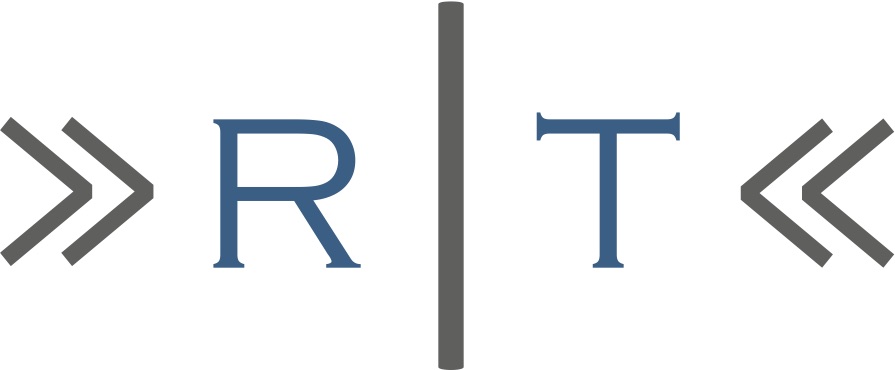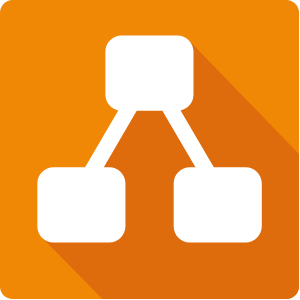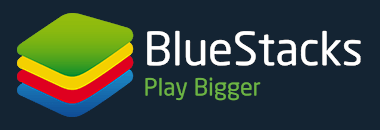A Project Manager’s Toolkit

I do a lot of project management work related to web applications. Everyone assembles their own set of useful productivity tools and I’m feeling pretty good about how I’ve got things set up at the moment so I thought I’d share my secret sauce. I’m interested to hear what other people have found useful as well so feel free to share in the comments.
Chat Tools
Ok, this one is all over the map. Slack is obviously the big one and many of our clients use that with us. Most larger organizations incur a cost (smaller projects are free). Internally End Point uses Zulip, which is a pretty decent open source application. Zulip doesn’t have as refined a user interface as Slack, but it works for our needs, and also has a mobile app I can use on the go.
I also highly recommend Skype. While it’s not the best system out there, so many people use it, it is almost impossible to avoid. Skype is really easy way to get someone’s attention and I use it with a lot of my clients for quick one-on-one questions and chats. Google Hangouts chat is also really nice for working with external folks and will run in your menu tray and mobile phone, so you can stay up to date wherever you’re working.

Video Calls
I spend a few hours on the phone a day and my go-to system at the moment is Zoom. End Point often uses Google Hangouts or Meet, but those require a Google account, which can be a burden for some clients or contacts who aren’t Google-ified. Zoom is pretty cost effective and lets you connect with someone via video chat or phone and even provides local numbers for your participants all over the globe. This is not only a great system for large group meetings, it is excellent for initial meetings or situations where you’re unsure if your group needs a phone or video call. Each participant can choose for themselves. It’s also technically the most stable and is far better about maintaining solid connection (for my OS/browser) when compared to Skype or Google Meet/Hangouts. I also really like the ‘My Meeting’ area on Zoom, which allows you to start a meeting with anyone at anytime with just a link.
I should also note that I use Skype as my main office phone number, which lets me both accept calls in with a regular phone number and call out. Their annual plan of ~$40 per year is competitive with all of the other VoIP systems, and since I’m already using it for chats and video calls the desktop and mobile app integrates many of my communication channels.

Screen Capture
One thing I’ve used recently that’s a nice communication tool is screen and voice capture. This lets me report bugs or describe functionality to a developer team really easily. I can just record my voice on top of a screen share. This has some of the same benefits as a video call, but I can do it when it’s convenient for me, and my recipient can listen to it whenever it’s convenient for them. This is also a good way to demo new features for clients that aren’t able to attend weekly standup meetings, but want to see progress. I’ve been using Screencastify for this—it’s a free Google Chrome extension. It’s super easy to use and lets you send a Google Drive link to your video.



Ticket Trackers
There are lots of people trying to get your project management dollars with tracking systems. I am old school and liked Bugzilla, RT, Redmine, and the tracking systems of 10 years ago. These are generally open source and self-hosted.
Nowadays, Atlassian has taken over the ticket tracking world with their software-as-a-service offering JIRA. JIRA is nice but it is an extra expense that some projects want to avoid. I also find JIRA to be more complicated and hard to use for clients that aren’t used to these kinds of tools.
Basecamp has some great stuff too.
The one tool that really seems to work for almost all my client projects is Trello. It’s free, it’s easy to use for new people, and it is just so simple that it’s hard to lose anything or miscommunicate. I have probably 90% of my projects in Trello at the moment.


Drawing tools
I do quite a bit of wireframing and little drawings of features, webpages, workflows, and diagrams. I really like using moqups. This tool works really fast for me, especially for quick mockups of web pages and mobile apps. It has a lot of pre-formatted tables, form entries, and other common web page elements that make wireframing really fast. You can also quickly download drawings to PDF, which is great for chats or emails. You can also use the team feature for working in a collaboration.
I also really like the draw.io plugin for Google Drive. For me, this is better for workflow charts and other diagrams and drawings. It can be especially great for doing screen share drawing or projects where you already are using a Google Drive to collect project docs.

Calendaring
Since End Point is already using G Suite (the paid version of Google’s services), Google Calendar is a must-have. If you work with teams around the world, I recommend adding in Google’s pre-existing calendars by country. This makes it really easy to plan for holidays and festivals with your remote team. I’ve currently got holiday calendars for India, Poland, Eastern Europe, and the US. I think it’s also fun to talk about foreign holidays staff are taking off so I’m learning a little about other cultures as I go.
I’ve recently discovered that the plugin CloudHQ will let you insert a button or link into emails so someone can view your open calendar time and schedule time with you, without them seeing your actual calendar. This has been really useful when trying to find time for a meeting and you want to give someone a lot of options. I’ve combined my work and home Google Calendars (yes, for my 5 kids) and they’re all color coded. Cloud HQ will show times in there that aren’t blocked out for other stuff.


Phone Apps
I do work with a client on Android development and I really like a system called BlueStacks, which is an emulator for testing Android apps on a PC. Testing phone apps on a PC is much easier for just getting work done without having to pull up and install new apps on a separate device. Bluestacks is freeware and loaded with ads like most free apps are these days. Despite that, it is really stable and holds up well to a bit of pounding. It’s obviously geared towards gamers but their product works for my purpose too.
Testing iOS apps is easier for me, since I own several iOS devices and always have an iPhone or iPad at arm’s reach. One of my recent work hacks is to use the Zoom app to do a screen share from my phone. I just used this recently to discuss some mobile phone design issues on a website with a group of clients and developers, and it worked really well for showing the mobile site and talking through the changes needed.
Testing web applications in lots of different browsers and screen sizes for any design project is a huge priority and I’ve really liked using BrowserStack for this. You download a local copy of the application, and can run any website in any OS/browser/screen size combo you can dream up. End Point lets our clients determine the browsers they want to support on their project. Smaller budgets usually equals less browser support, larger budgets generally cast a wider net in the browser world. The decision about which browsers we support is something decided earlier on the project usually after doing some research with site analytics and customer base. BrowserStack will work for projects where you’re supporting only a few main browsers or tons of them. It’s also really nice for testing your app in an older browser like IE 11. Let’s face it, no one wants to run a system that supports IE 11, and I’m happy to let BrowserStack help me with this. Their base cost is $39 per month and they let you start and stop your membership based on your testing needs.
Your turn!
What are your favorite tools? I’d love to hear about things that help you get your job done, save time, and keep things organized.

Comments